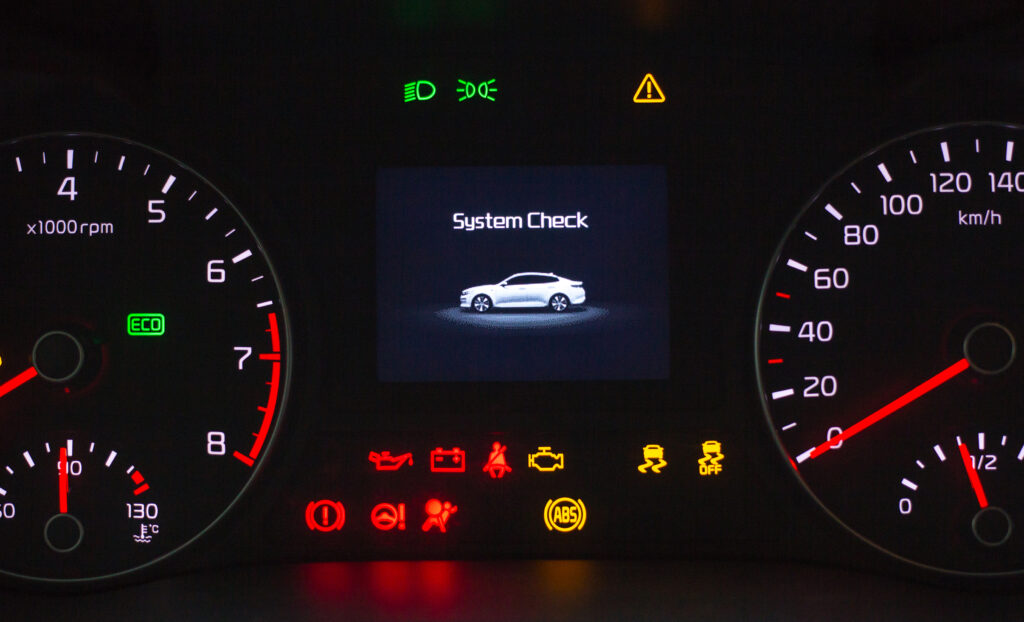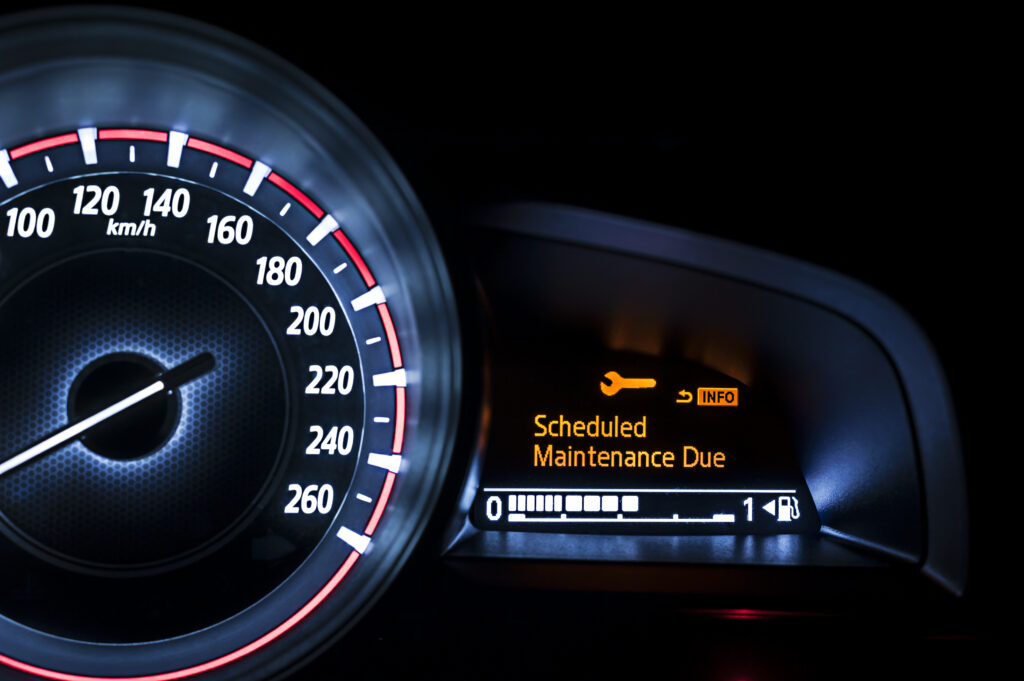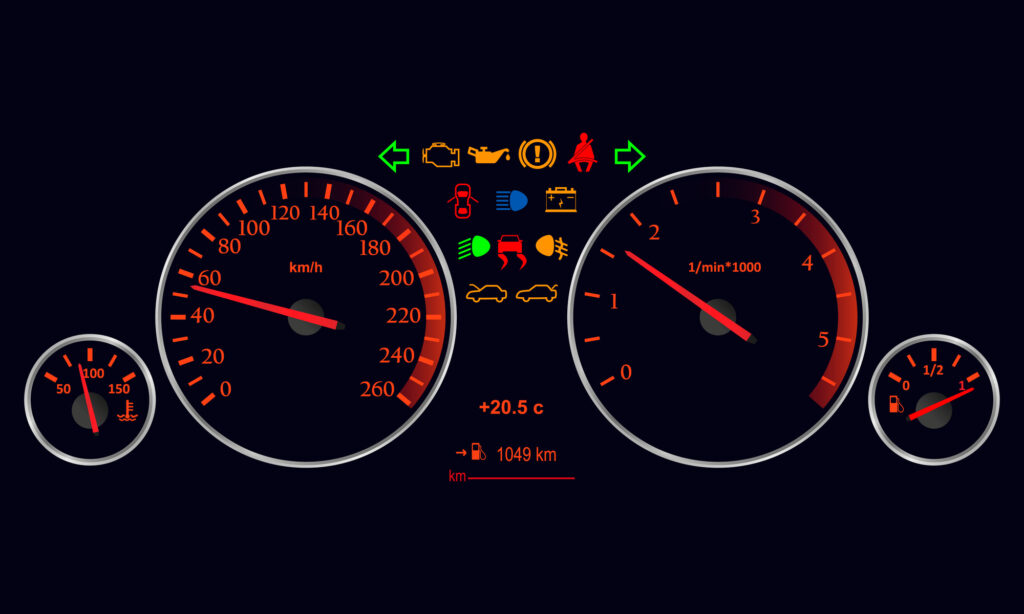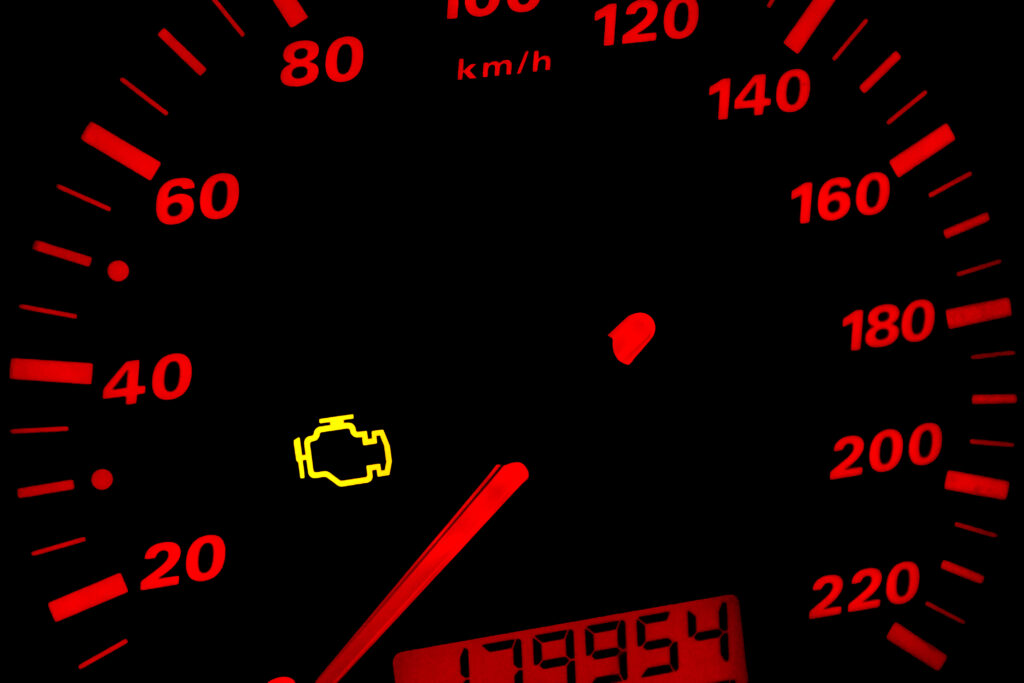
Your car’s dashboard warning lights act as a crucial communication tool between you and your vehicle. However, it isn’t uncommon for people to ignore these warning signs, either because they don’t understand or would prefer to avoid dealing with potential issues. However, this may not be in your vehicle’s best interest.
At Paskett Auto, we understand how important it is to address problems with your vehicle as soon as possible. If your vehicle has recently begun to display dashboard warning lights and you’ve considered ignoring them, keep reading to learn why you shouldn’t do this if you want to keep your car and yourself safe.
Why You May Choose to Ignore Dashboard Warning Lights
There are many reasons why you may choose to ignore dashboard warning lights. If you are busy or trying to save money on repairs, you may find yourself putting off taking your car to your local autobody shop. It is easy to rationalize that the issue might be minor or that the warning light could be a false alarm. Additionally, you may have a fear of visiting a mechanic due to concerns about rising costs of repairs. However, if you choose to ignore a dashboard warning light, you may do more harm than good.

Understanding the Colors of Your Dashboard Warning Lights
While you may want to ignore dashboard warning lights, it is important to understand that each color indicates the severity and nature of the issue. Common dashboard warning light colors include:
- Red: Red lights typically indicate a more severe problem with your vehicle that requires immediate attention. Some of the red warning lights include the low oil pressure and engine overheating lights. Ignoring red warning lights can lead to serious damage to your vehicle if left unattended and pose a significant risk to your safety.
- Yellow or Orange: Yellow or orange warning lights often signal a less urgent issue, such as a malfunctioning engine or low tire pressure. While these lights may not require immediate attention, ignoring them can lead to more significant problems down the line if you choose to ignore them.
- Green or Blue: If the lights on your dashboard are green or blue, they are an indication that a particular system in your vehicle is active or functioning correctly. Your high-beam headlights or cruise control lights are common examples of blue or green dashboard warning lights.
The Most Common Dashboard Warning Lights
There are several incredibly common dashboard warning lights you might notice. Some of the most common lights include:
- Check Engine Light: This warning light indicates a problem with the engine or its components, ranging from minor issues like a loose gas cap to more issues like a faulty catalytic converter.
- Battery Light: The battery warning light alerts you to problems with your vehicle’s charging system, such as a failing alternator or a weak battery.
- Oil Pressure Light: This light warns you of low oil pressure, which can lead to engine damage if not addressed promptly. You will likely see this light if you are low on oil, have dirty oil, or are experiencing an oil leak.
- Brake System Warning Light: This light indicates issues with your vehicle’s braking system, such as low brake fluid or worn brake pads.

Why You Shouldn’t Ignore a Dashboard Warning Light
While you might want to ignore dashboard warning lights, doing so may be incredibly damaging to your vehicle. Ignoring these lights can lead to further damage to your vehicle, resulting in increasingly costly repairs down the line. Some of these warning lights may also indicate significant safety risks if you choose to ignore them.
Warning lights, such as those related to the braking system or engine overheating, can put you and other drivers on the road at risk if you choose to continue to operate your vehicle. Finally, you may begin to experience decreased performance if you ignore these lights. You may notice a drop in fuel efficiency or overall power loss.
How to Avoid Warning Lights
While some of these lights may appear without warning, there are several things you can do to avoid some of them altogether. One of the easiest ways to avoid these lights is by performing regular maintenance on your vehicle. Scheduling regular maintenance checks can help you catch potential issues early and prevent these lights from appearing.
You may also want to address issues such as these lights appearing as soon as they occur. Instead of ignoring these lights, address the underlying issue promptly to prevent further damage from occurring and more lights from appearing.
Finally, it is important that you familiarize yourself with your vehicle’s warning lights. By being able to identify these lights, you can more quickly identify the problem within your vehicle. It will also help you determine if you need to take your car to a trusted automotive professional for repairs.

Reliable Maintenance from Paskett Auto
If you are trying to take care of your vehicle, it is essential that you work with a reliable automotive professional like our team at Paskett Auto. With years of experience helping car owners across the Northern Utah area make necessary repairs and scheduled maintenance for their vehicles, we’re confident that we can do the same for you.
From general maintenance and tire alignments to air conditioning repairs and emissions inspections, our team provides with you a variety of services to keep your vehicle functioning well. If you would like to schedule an appointment with our team to address dashboard warning lights, don’t hesitate to contact us today.


